Windows 10 turns 5: where did it all go wrong?
It all started off so well…
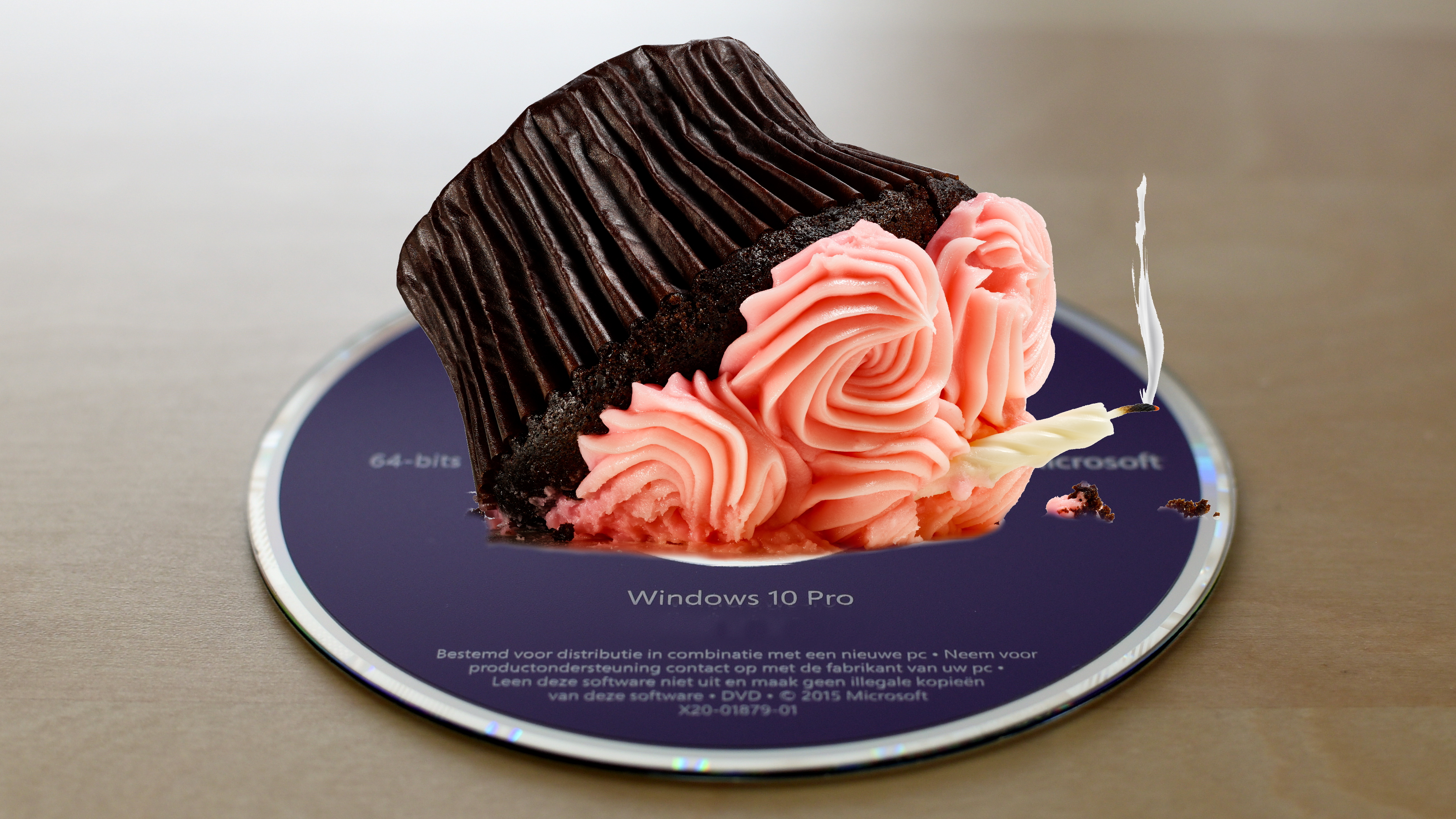
Five years ago, on July 29, 2015, Microsoft released Windows 10 for most people – and while things started off well, after half a decade it feels like that early promise hasn’t quite paid off.
It’s a shame, as when Windows 10 launched, it genuinely felt like Microsoft had managed to right the ship after the serious misfire of Windows 8.
In case you’d managed to erase Windows 8 from your memory (good work if you have), that was Microsoft’s follow up to the immensely popular Windows 7, where Microsoft threw out all the goodwill it had clawed back by releasing an operating system that was supposed to work for people on both traditional PCs and laptops, as well as touch-screen tablet devices, but ended up being such a horrendous mishmash that it disappointed everyone.
In fact, Windows 8 was such a disaster that Microsoft skipped Windows 9 altogether to distance Windows 10 from its predecessor.
So, when Windows 10 launched, many people saw it as a welcome return to form. The iconic Start menu, which had been a part of Windows since Windows 95, returned, after being dumped in Windows 8 for its unloved Start screen, which forced big, chunky icons onto everyone’s screens.
In many ways Windows 10 felt like a true successor to Windows 7. It no longer felt like two separate operating systems awkwardly taped together (though some elements of that dodgy fusion remain), and Microsoft promised some exciting new features, like advanced security, biometric Windows Hello logins and more.
As Microsoft’s blog post announcing the July 29 launch stated, “Windows 10 starts fast, resumes fast and helps enable batteries to last longer,” while Cortana, “the world’s first truly personal digital assistant,” would help you get things done just by talking to your PC. There was also a promise of the “all-new browser” Edge, which was “designed to get things done online in new ways.”
Get daily insight, inspiration and deals in your inbox
Sign up for breaking news, reviews, opinion, top tech deals, and more.
Windows 10 certainly seemed to promise a lot five years ago. The problem was, many of those promises fell completely flat.
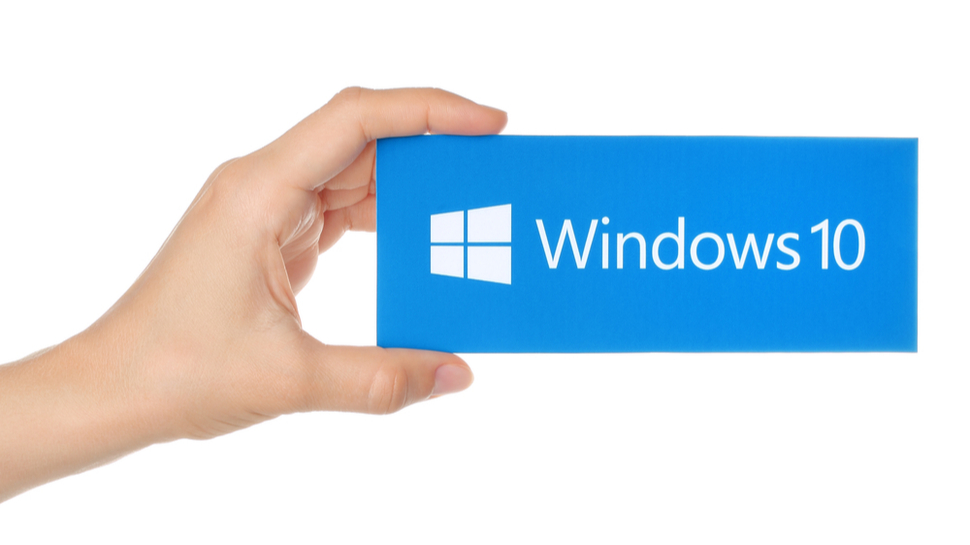
Free for all
One of the most eye-catching elements of Windows 10 was that it was being offered as a free upgrade to people using Windows 7 and Windows 8. Considering how much Microsoft usually made by getting people to pay for an upgrade, this came as a surprise, though many people had their concerns about why Microsoft was suddenly being so generous.
And, while many people liked the fact they could upgrade to the newest version of Windows for free, some of the concerns people had were borne out.
Firstly, it was clear that Microsoft was keen to get people off Windows 7 and Windows 8 as soon as possible. It made sense, as Windows 7 was nearing its end of life, and by having most people on a single operating system, it would be easier for Microsoft to release important updates and patches.
However, many people found Microsoft's attempts to get them to upgrade to Windows 10 heavy handed and aggressive. Pop-ups encouraging people to upgrade were a common annoyance, and many people found that even if they didn’t want to upgrade, their version of Windows would download Windows 10 anyway.
There was further controversy when it was discovered how much information Windows 10 was harvesting from its users. Suddenly, Microsoft’s claim that Windows 10 was ‘free’ didn’t seem so free after all – there was a cost that you just didn’t know about.
While Microsoft did end up making it so users have slightly better control over what kind of data Windows 10 shares about you (though concerns still remain), that, along with Microsoft’s forcing of the new operating system on people, meant Windows 10 left a bad first impression for people.
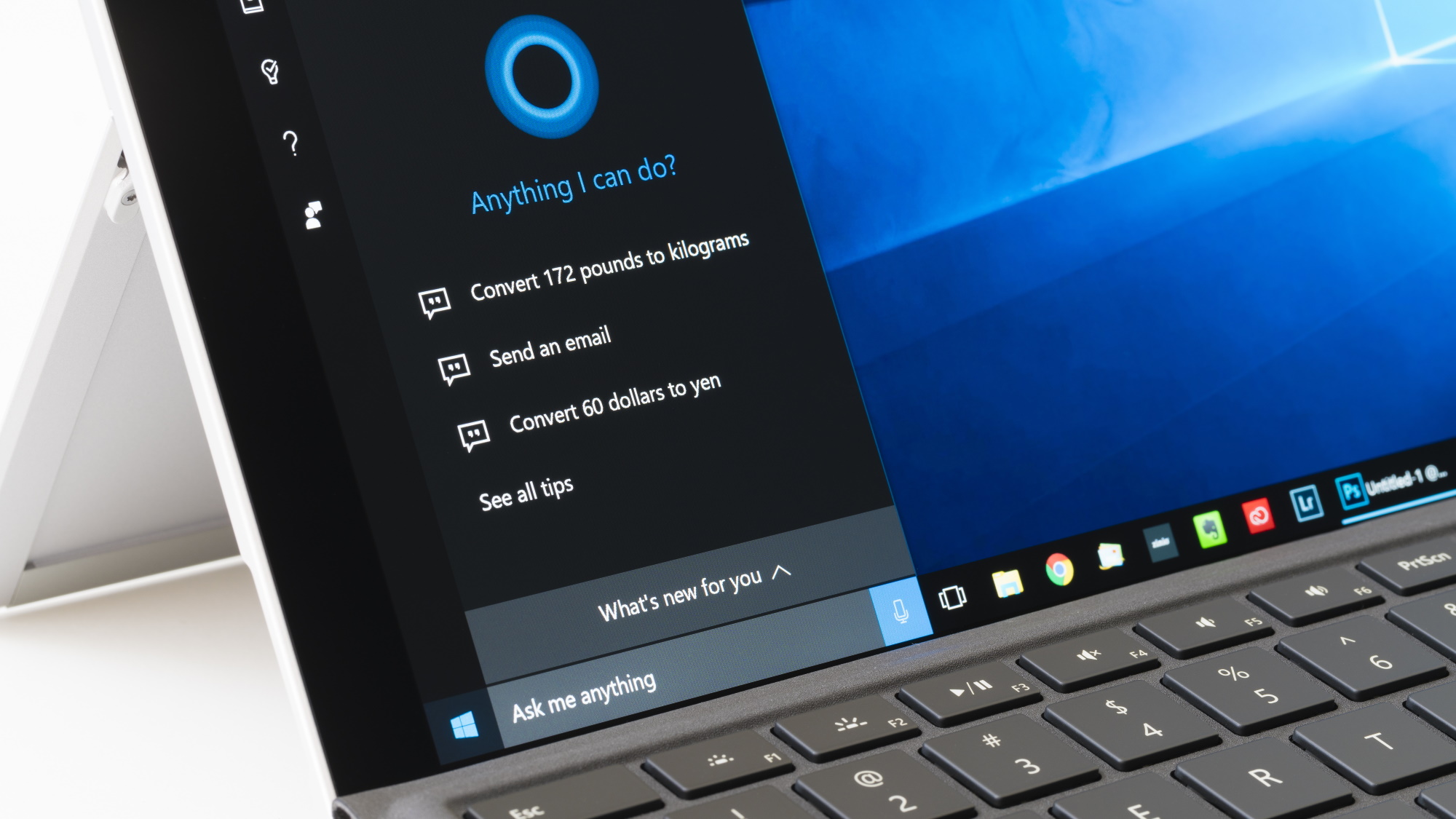
Cortana, Cortana
While Windows 10 launched five years ago with some ambitious new features, many of them didn’t live up to the hype. Most noticeably of all, there was Cortana. A refugee from Microsoft’s ill-fated Windows Phone mobile OS, Cortana was supposed to compete with the likes of Apple’s Siri and Google’s Assistant. However, while a virtual assistant makes sense on a mobile device like a smartphone, on a desktop or laptop, it just didn’t feel natural.
Worse still, was Microsoft’s attempts to force Cortana onto people, adding it into the Start menu search box – and annoyingly popping up during the installation process of Windows 10. Anyone who has bought a new laptop, turned it on and found Cortana’s grating voice chirping away as you try to set up the damned thing, will understand quite how annoying it is. There were worrying flashbacks to Microsoft’s previous pest of an assistant – Clippy.
So, most people ignored Cortana as best they could, and it seems Microsoft has cottoned on to the fact, as with every update it seems to remove a bit more of Cortana from the OS. We’d almost feel a bit sorry for her, if she wasn’t so frustrating.
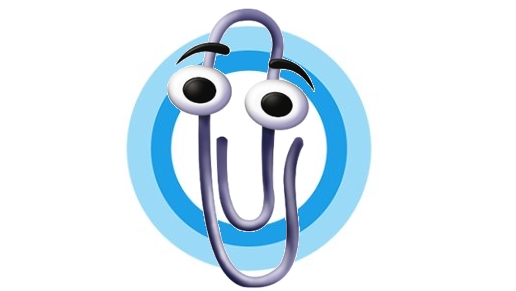
Taking it to the Edge
Another fail from the launch of Windows 10 was Microsoft’s Edge web browser. While many people thought Microsoft couldn’t come up with a more disliked web browser than its Internet Explorer, the company defied expectations with Edge.
While there were many improvements it brought over Internet Explorer, people just did not warm to it. Some websites didn’t play nice with its new engine, and many people were wary of using a web browser by Microsoft after their experiences with IE.
That didn’t stop Microsoft trying to make Edge loved, however, though in true Microsoft style, it went about it in a heavy handed way. Edge was baked into so many parts of Windows 10 that even if you chose a different web browser (as many people did, with Google’s Chrome becoming the most-used browser in the world), Windows 10 would still try to open up web pages in Edge.
Windows 10 would also have the habit of showing messages trying to dissuade you from changing your web browser. It all felt a little desperate, and instead of convincing people to stick with Edge, it managed to do the opposite and make them even more determined to jump ship.
Thankfully, Edge’s unpopularity became apparent to Microsoft, and in 2018 the company remade Edge using the Chromium web engine – the same one as Chrome. This brought a number of benefits to both Edge and Chrome, and it’s one of the better examples of Microsoft listening to the concerns of its users and doing something about it.
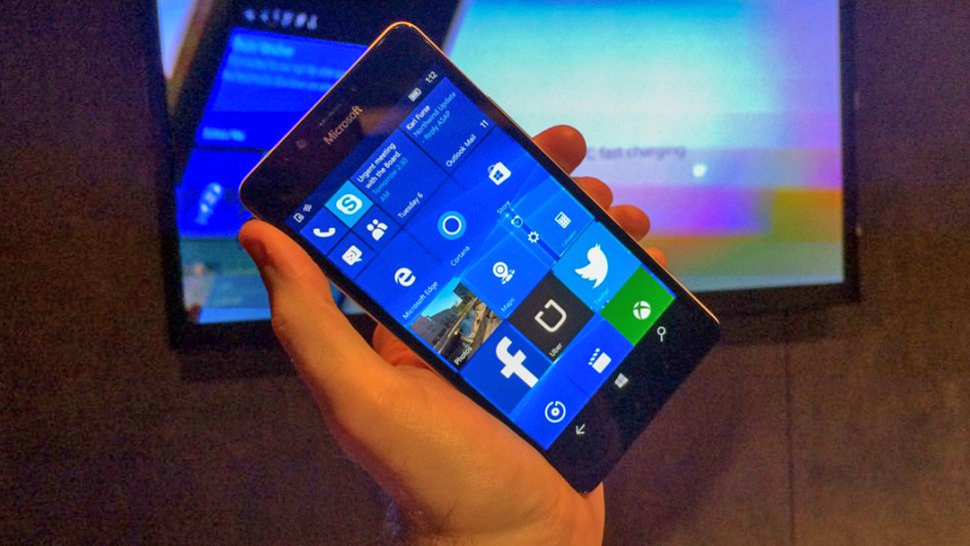
Mobile legacy
While Windows 10 first appeared to be a break from Windows 8’s ambition to be both a desktop and mobile operating system, there are certain parts of the software where it feels Microsoft hasn’t given up. After all, Windows 10 is available on touchscreen devices like the Surface Pro 7 tablet.
And, although it’s done in a better way than in Windows 8 (it certainly couldn’t have been done much worse), there are still times when Windows 10 tries to do both – and fails.
For a start, one of Windows 8’s biggest problems was adding new apps that did the same thing as other windows or applications, but not as well. For example, the Control Panel is an easy to use tool that’s been part of Windows for decades, and lets you change various settings.
In both Windows 8 and Windows 10, there is also the Settings app, which – confusingly – offers some of the options and features that the Control Panel does, but in a more simplistic way. This means some options aren’t included, and that just ends up confusing users who are looking for certain setting.
And, while the return of the Start menu was welcomed by pretty much everyone, Microsoft still tried to keep some of Windows 8’s Start screen – with distractingly large Live Tiles, which are supposed to show interactive information of the app, but end up being mainly ignored by both users and app developers.
Microsoft also began adding adverts and pre-installed apps and games that no one wants – another reminder of Windows 10’s loose interpretation of ‘free’.
Then there’s the Microsoft Store – which was once the Windows Store. This is an app store similar to the Apple App store and Google Play. While ‘walled garden’ app stores are a thing most of us put up with on mobile devices, it’s a harder sell on PC, where users are used to downloading and buying applications and games from wherever they want.
And so it came to pass that Microsoft struggled to get people to use the Microsoft Store to download and buy apps. It didn’t help that the interface isn’t great, some apps that are free to download elsewhere cost money on the Microsoft Store, and there are annoying problems with downloading games, where if a download fails when you’re trying to download a 50GB file, you have to start downloading the entire thing again.
Games from the Microsoft Store also don’t allow mods – something that getting the game from a different store, like Steam – allows.
Even users who have to use the Microsoft Store – for example if they are using Windows 10 in S Mode, which limits you to just downloading apps via the store – hate the experience, as many popular apps don’t have UWP versions on the Microsoft Store.
Microsoft’s UWP (Universal Windows Platform) apps were designed as a way of allowing developers to make applications that could work on both Windows 10 and Windows Phone devices, as well as on Xbox games consoles, but unfortunately, not many app makers were too keen on the format, leaving the Microsoft Store to feel a little barren.

Update woes
Perhaps Windows 10’s biggest failing these five years is a rather recent one – a string of problematic updates that have been breaking more things than they fix.
We’ve been documenting them, and it’s quite concerning how almost every update for Windows 10 ends up causing issues for some people. Now, we must stress that not everyone experiences these problems, and very few experience every problem, but there’s a large number of people have found that their PC has begun misbehaving after an update.
It’s certainly given the impression that there’s something wrong with current Windows 10 leadership. Rather than having people excited about new updates that bring new features, many people now approach the Windows Update tool with trepidation. Could this be the update that breaks my PC?
Not all bad, though
I’ve suddenly realized that in this retrospective of the first five years of Windows 10’s life, I’ve been rather negative. And, while Windows 10 certainly does have its issues, and has disappointed in some respects, it’s not all that bad.
For a start, it really is a big improvement over Windows 8. It makes better use of modern hardware, so it boots a lot faster than previous versions, and generally feels a lot snappier.
And while I can’t say I’ve not seen a dreaded Blue Screen of Death during my time with Windows 10, the operating system certainly feels more solid than previous versions.
Also, despite the existence of the Microsoft Store, Windows 10 is still a pretty open platform with a huge range of apps and games available for it. Along with DirectX 12 support, Windows 10 is by far the best operating system for PC gamers.
And, while Windows 7 continues to remain popular, Windows 10 has slowly been gaining marketshare – and is now installed on one billion active devices as of March 2020. An impressive feat, even if it took slightly longer than Microsoft had hoped.
Windows 10 has also added some great features that weren’t even hinted at five years ago, such as the Windows Subsystem for Linux.
Microsoft has also brought its excellent Xbox Games Pass subscription to PC. For a very reasonable monthly subscription, this gives you access to hundreds of games, and offers incredible value for money. The only real catch is that the games have to be downloaded via the Microsoft Store.
And while Windows 10 updates can be hit and miss these days, Microsoft has kept to its promise of releasing major Windows 10 updates at least once a year, adding big changes and new features and all for free.
So, after 5 years, Windows 10 may not be quite where we – or Microsoft – wants it to be. But despite our annoyances with it, there’s a lot to be positive about – and a lot to look forward to in the next five years of Windows 10.
- We show you how to use Windows 10

Matt is TechRadar's Managing Editor for Core Tech, looking after computing and mobile technology. Having written for a number of publications such as PC Plus, PC Format, T3 and Linux Format, there's no aspect of technology that Matt isn't passionate about, especially computing and PC gaming. He’s personally reviewed and used most of the laptops in our best laptops guide - and since joining TechRadar in 2014, he's reviewed over 250 laptops and computing accessories personally.